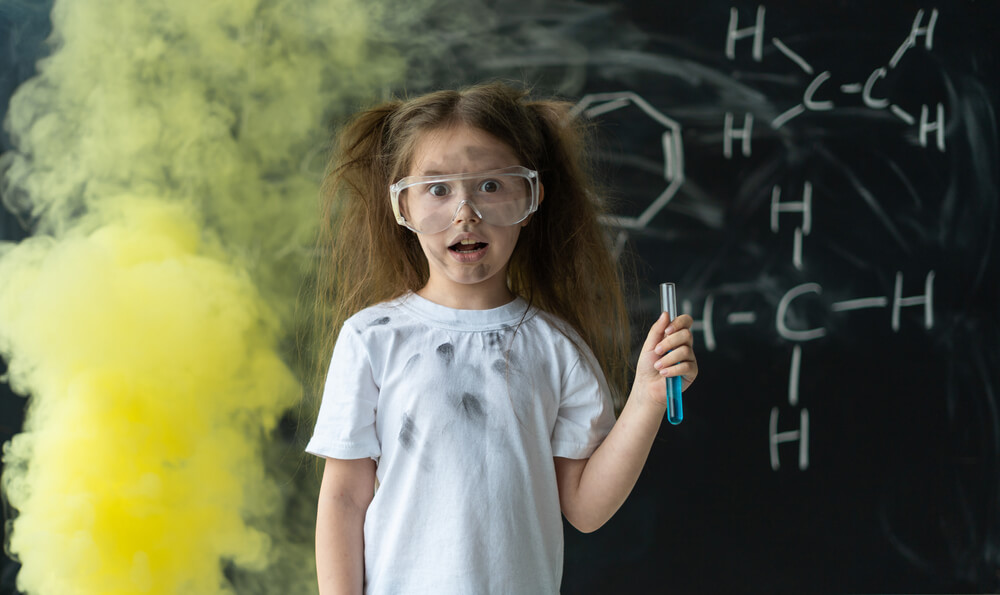
Blog
Are Children’s Safety Glasses on Your School Safety Checklist?
You are concerned as a parent that your child will be safe when you drop them off at school. Your child cannot constantly be the center of attention because their instructor will have a lot of other students to supervise. However, you may equip them with the appropriate personal protection equipment to guide them in making wise and secure decisions. To protect children's eyes, it is crucial to make sure they are wearing the appropriate safety glasses. They are our future nation. These are some guidelines that we suggest you abide by to protect your kids when they're not in school.
How Can You Choose The Right Eye Protection?
Every pair of safety glasses and goggles should adhere to the ANSI/ISEA Z87.1 specification. The American National Standards Institute, or ANSI for short, is committed to worker and consumer health and safety as well as environmental preservation. The organization responsible for creating and formulating the standards is called the International Safety Equipment Association, or ISEA.
ANSI Z87.1 is the law that governs personal eye and face safety equipment for use in education and the workplace. Employers have been obligated to conform to the most recent edition of the ANSI Z87.1-2000 certification. The sort of safety equipment that the kids safety glasses and goggles are intended for is indicated by several markings:
- Z87 shows eye protection provided that basic impact protection.
- Z87+ denotes an impact grade at high velocities;
- D3 denotes protection from splashes and droplets;
- D4 and D5 are for dust and fine dust, respectively;
- W is for welding and will have a scale number between 1.3 and 14;
- R is for infrared light and will have a scale number between 1.3 and 10;
- L is for visible light and will have a scale number between 1.3 and 10;
- U is for UV radiation
When Are Students Allowed to Wear Eye Protection?
Wearing eye protection is crucial for all laboratory tasks. Use eye protection in the following situations, among others:
- When working with glassware or chemicals (including typical household chemicals used in schools),
- When operating machinery or materials under pressure, stress, or force that could fracture or release flying particles;
- When an activity creates projectiles;
- When using elastic substances under stress (e.g., springs, wires, rubber, glass);
- When operating heat sources (e.g., hot plates, Bunsen burners).
- When handling biological specimens; in situations where fumes or dust are prevalent (wearing eye protection minimizes the amount of dust or fumes that enter the eyes).
- While utilizing equipment for precise cutting
All scientific lessons at the primary, middle, and high school levels that involve biological, chemical, or physical risks require students to wear eye protection. Adequate training on the activity's risks and the safety measures to be followed to lower the chance of harm is a prerequisite for effective eye protection.
Wearing eye protection is required for the setup, hands-on portion, and cleanup of the demonstration and/or activity. Throughout the setup, practical phase, and cleanup of the presentation or activity, eye protection must be worn.
Everyone in the lab, including students, instructors, assistants, and aides, as well as any guests entering the classroom, must wear eye protection. Instructors should set an example of proper conduct by donning eye protection. If a student doesn't want to wear eye protection, they should be requested to leave the lab or classroom and face the right kind of punishment.
Which Eye Protection Is Best?
Safety goggles with directly vented sides and side shields that meet Z87.1 2015 requirements offer sufficient eye protection when performing laboratory or field operations involving solid materials, crashes, or projectiles.
Glassware, heat sources, hazardous chemicals, preserved specimens, dust, and solid particles are only a few examples of laboratory risks that need the use of essentially vented chemical splash goggles Z87.1-2015 + D3.
The soft, flexible flange seals on these goggles should encompass the eyes and fit tightly on the face. These goggles must include hoods or covers over the vent apertures to offer the necessary airflow to decrease fogging and stop chemical splashes from hurting the user's eyes.
Is It Appropriate to Wear a Face Shield?
When wearing a face shield, one's full face is shielded from flying particles, chemicals, molten metal splashes, drops, and sprays. Protective goggles are required in addition to face shields and cannot be replaced by them. The markings ANSI/ISEA Z87 for basic-impact usage and ANSI/ISEA Z87+ for severe-impact use are applied to face shields.
Safety Barrier
A safety barrier should always be positioned between the demonstrator and the onlookers during any demonstration in a classroom. The shield ought to be fixed to a base that is sufficiently robust to keep it from toppling over, and it ought to be constructed of plastic, such as polycarbonate. The shield needs to be big enough to keep employees and students safe from any potential splashes. Teachers and pupils should replace safety goggles with safety shields. A fume hood is particularly important and required when handling demonstrations that release flammable or hazardous fumes, particulates, etc.
Put On Vibrant Clothing
When choosing clothes for your child, choose bolder hues like orange, blue, and red instead of more subdued hues. When your kids cross the street to catch the bus or go home, it will be easier for onlookers to spot them because of these colors. Increasing their safety by making themselves more visible to others gives the parents who are driving peace of mind as well as the youngsters.
Wear Safety Helmets For Bike Riding
Make sure the children who ride bicycles from home to school have helmets that fit them correctly. To make sure the helmet won't come off while riding, it's crucial to get the fit checked frequently as your child grows. Wearing helmets for your children protects both their safety and their vision. If their heads ever fall and the helmet protects them, they will be grateful to you. Besides, you can customize them to increase everyone's enjoyment!
Buy Safety Glasses For Your Child
Invest in Wiley X safety glasses for your kids to prevent flying debris and dust from getting into their eyes. Depending on the course, students may wear safety glasses in science, woodshop, or even exercise classes. Your youngster won't mind wearing and looking trendy because safety eyewear these days is far more fashionable and contemporary than the large, bulky ones that were once given to students.
Additionally, ensure your school board is aware of the requirements for kids' safety in the classroom and that they have the appropriate PPE. If not, recommend that they join SEG. To ensure that students are safeguarding their eyes, you can assist in creating a plan to offer safety eyewear for each student.
11 Unknown Facts About Eye Protection You May Not Know
Every school community prioritizes keeping students safe, and science classroom safety is no different. There are several risks, particularly for the eyes, so it's important to be protected. You are undoubtedly already aware of two facts regarding eye protection in schools:
- Prescription eyeglasses are not accepted as acceptable eyewear,
- All laboratory activities involving heat, chemicals, or glassware require teachers, pupils, and visitors to wear industrial-grade eye protection.
- Chemical-splash goggles, also known as indirect-vent safety goggles, must be worn if chemicals are being utilized. They have vents that are specifically made for them, and they closely suit the area around the eyes to shield them from various threats.
- Safety eyewear with an indirect vent or a direct vent should be used when handling glassware or heating sources.
- Onguard Safety glasses with removable side shields are appropriate for many scientific laboratory or field operations that do not involve caustic materials.
- Unclean eye protection is dangerous because it can induce pupils to desire to take off their eye protection entirely in addition to obscuring eyesight while they are working. Between uses, wipe lenses with a delicate cloth or lens disinfecting tissues after rinsing them with water.
- Similar to this, close-fitting goggles can readily fog up and make seeing difficult. They won't fog up as easily with the aid of anti-fog coatings technology.
- A private, nonprofit organization called the American National Standards Institute (ANSI) develops quality and safety requirements for a broad range of goods, including protective eyewear. A product is considered "ANSI approved" after passing ANSI testing and being given the all-clear to be used.
- The American Society for Testing Engineers (ANSI) offers two different kinds of impact tests: a low-impact test where a steel ball is dropped into the safety eyewear's glass, and a high-impact test where a steel projectile is fired into the lens. Aside from passing additional endurance and chemical contact testing, eyewear with an ANSI Z87 rating has also passed the fundamental impact test. ANSI Z87+-rated eyewear has also cleared the high-impact test.
- Splash, dust shielding, and droplets are also tested by ANSI. D3-rated eyewear protects from only splashes and droplets. D4 and D5-rated eyewear offer further dust protection and fine dust protection, respectively.
- If you're unsure whether it's secure for children to use contact lenses, especially during chemical-related activities, new research, and experiments have indicated that contact lenses may reduce or even eliminate injury risks when worn in conjunction with other eye protection.
- Chemical splash safety eyewear should always be worn in addition to face shields. When the greatest defence against flying debris and dangerous liquids is required, goggles and face shields must be worn together.
- If students share kids sports sunglasses or goggles, they should be cleaned to avoid infectious diseases.
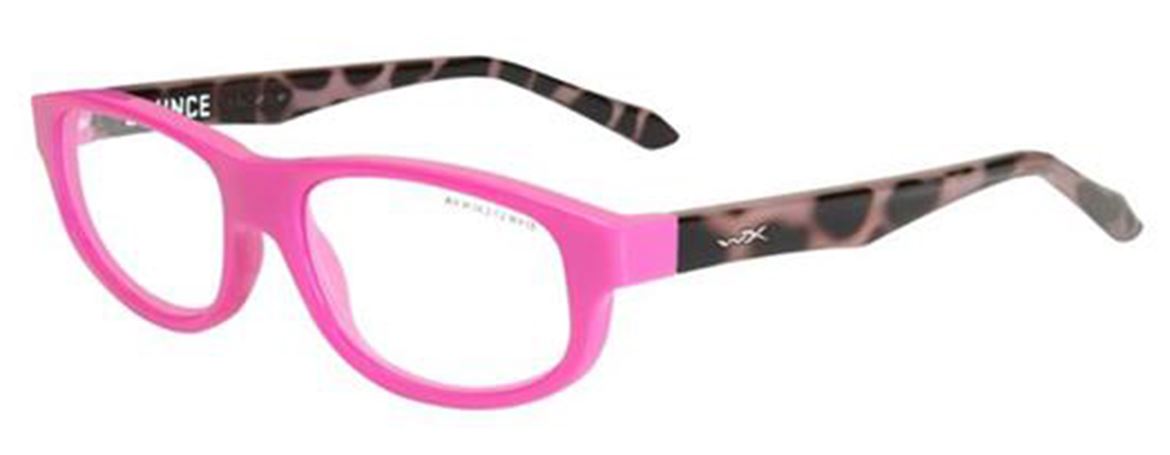
WileyX Bounce Kids Sports Glasses
How Should Safety Glasses Be Sanitized And Cleaned?
After every use, protective eyewear should be cleaned. Following encountering toxins and physical elements (dirt and grime), cleaning is required. After coming into contact with biological elements, eyewear needs to be cleaned and sanitized.
Cleaning clears surfaces or items of dirt, contaminants, and microbes. Soap and water are used in cleaning to physically eradicate germs from surfaces. Although this procedure does not always kill germs, the quantity and the likelihood of infection spreading are reduced. Microbes on surfaces or items are eliminated by disinfection. Chemicals are used in disinfecting to destroy bacteria on surfaces or items.
Although destroying microorganisms on a lens surface after washing doesn't guarantee that the surface is clean or free of dirt, it can reduce the likelihood of infection spreading. Sanitizing brings the number of microorganisms on a lens or frame surfaces or items down to a safe level, as determined by regulations or standards related to public health.
To reduce the danger of illness spread, this method either cleans or disinfects surfaces or objects. Glasses can be cleaned or sanitized using UV light, chemicals (alcohol or chlorine), or soap. Before using the safety eyeglasses again, wash them in soapy water and let them dry.
Inform Children of Safety Guidelines
Even while you can't stay by your child's side all day at school, you can still teach them good safety habits to practice on their own. Emphasize to them the value of donning safety goggles in woodshop class to prevent flying debris from getting in their eyes.
Remind them of the potential agony they could experience should they fail to wear their safety eyewear in the science lab and chemicals end up in their eyes. Alternately demonstrate to them how a ball struck in the face at a high speed might impair vision.
Make sure they are aware of the hazards in each of these scenarios so they can protect themselves by wearing safety glasses.
Besides, discuss safety precautions with them and show them how to live a safer lifestyle so they may make the best decisions for their eyes.


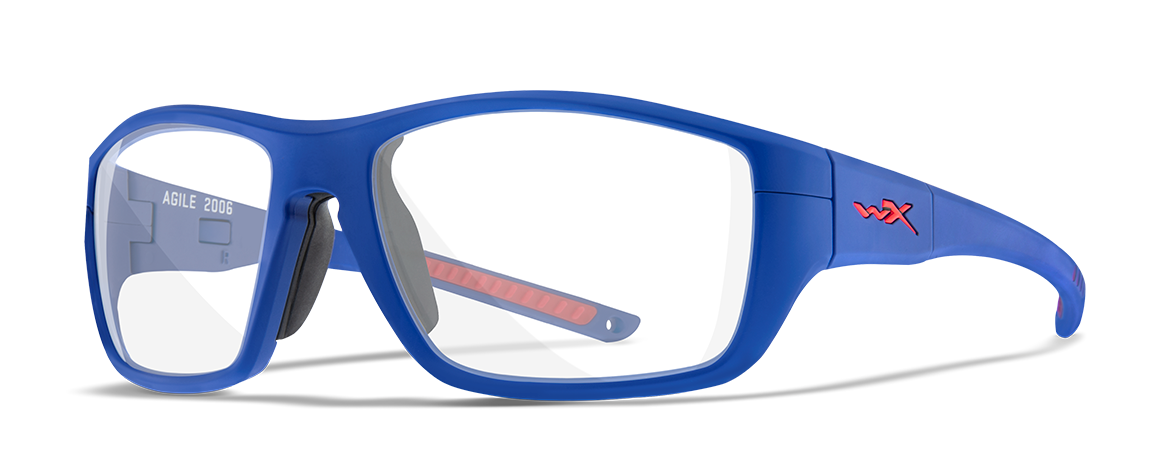
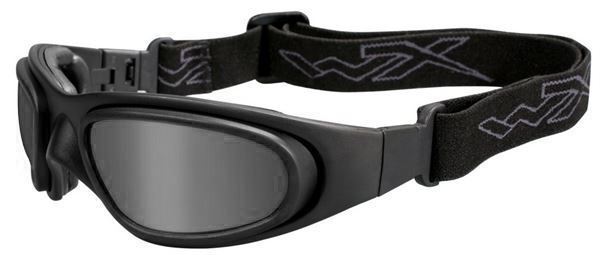
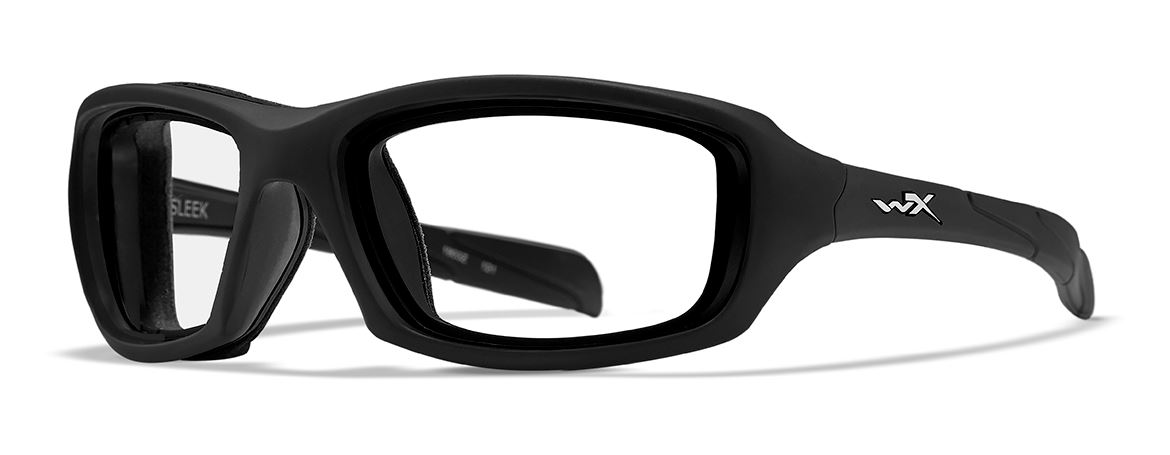
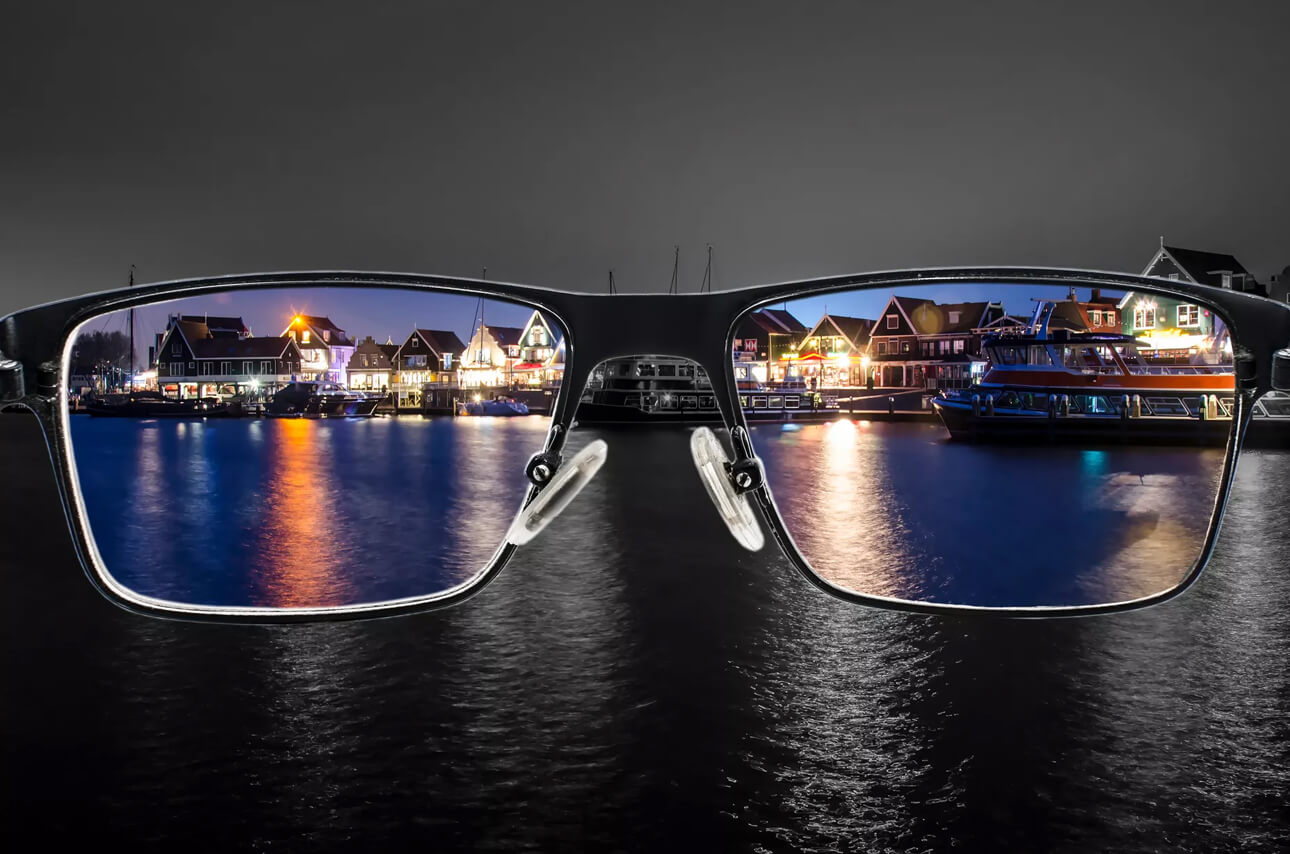

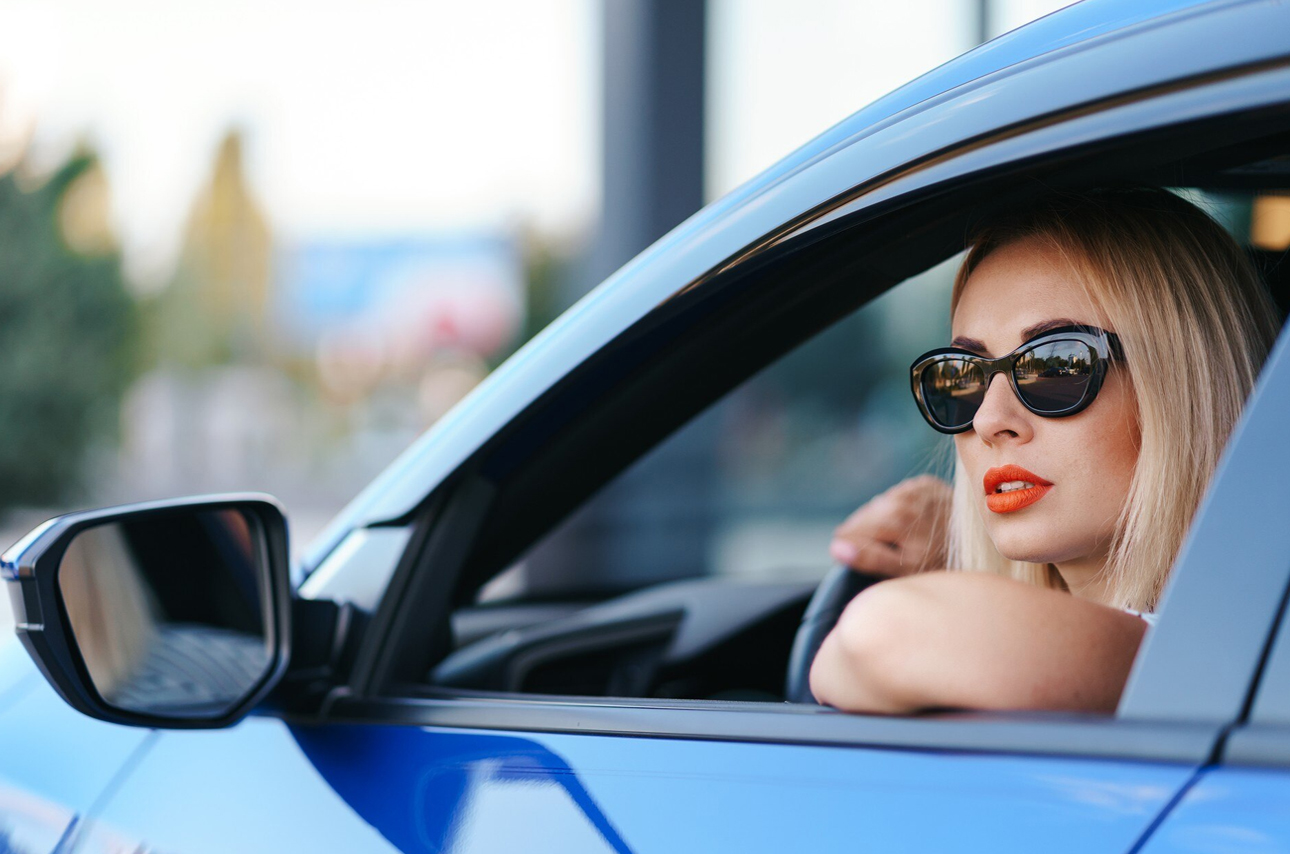

Leave your comment